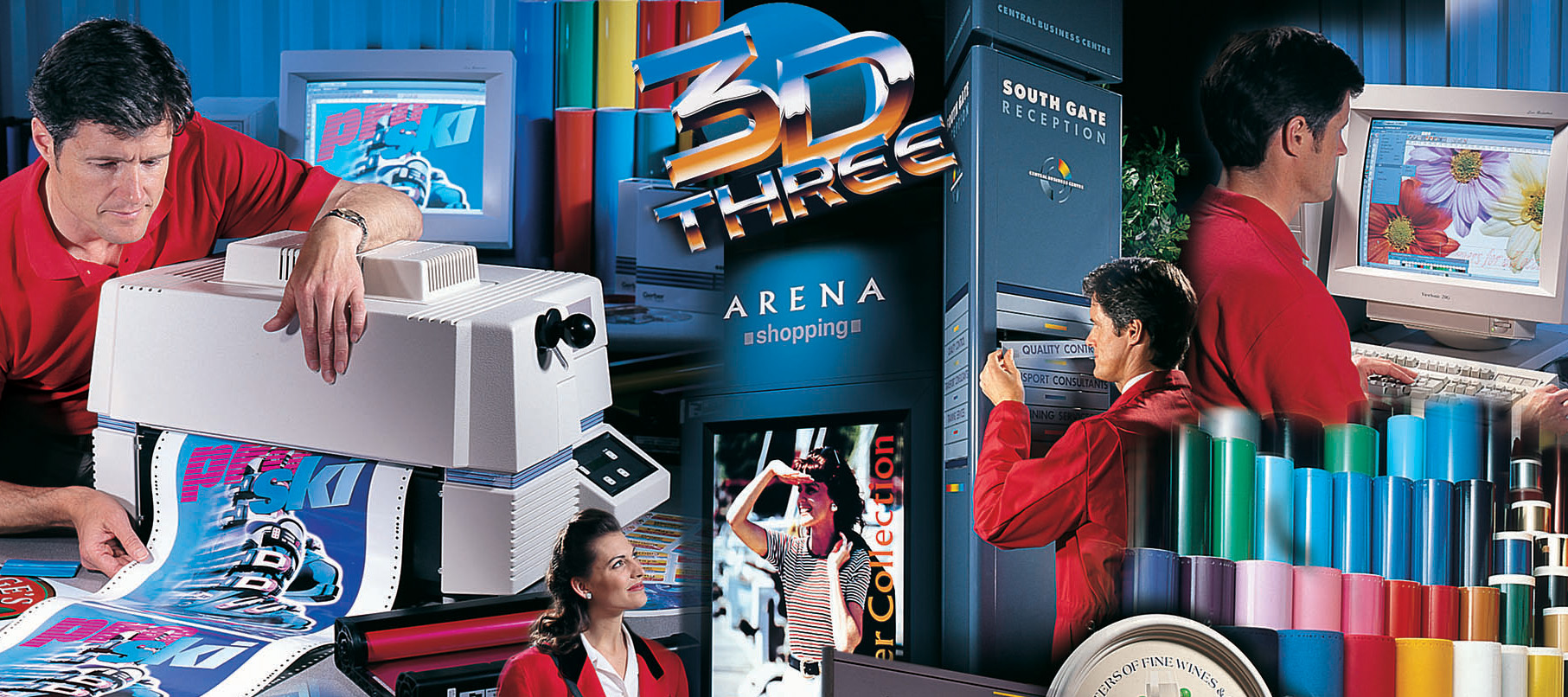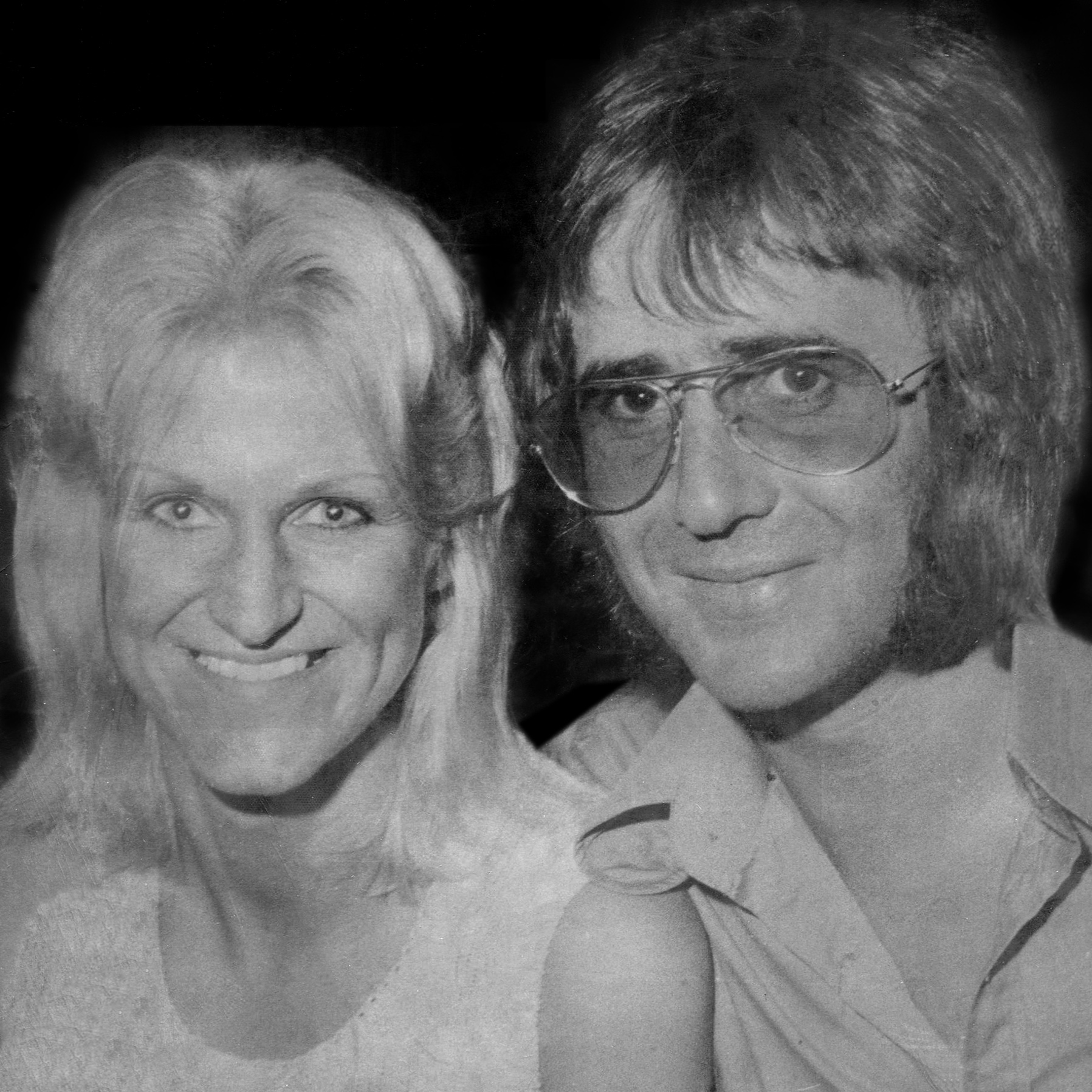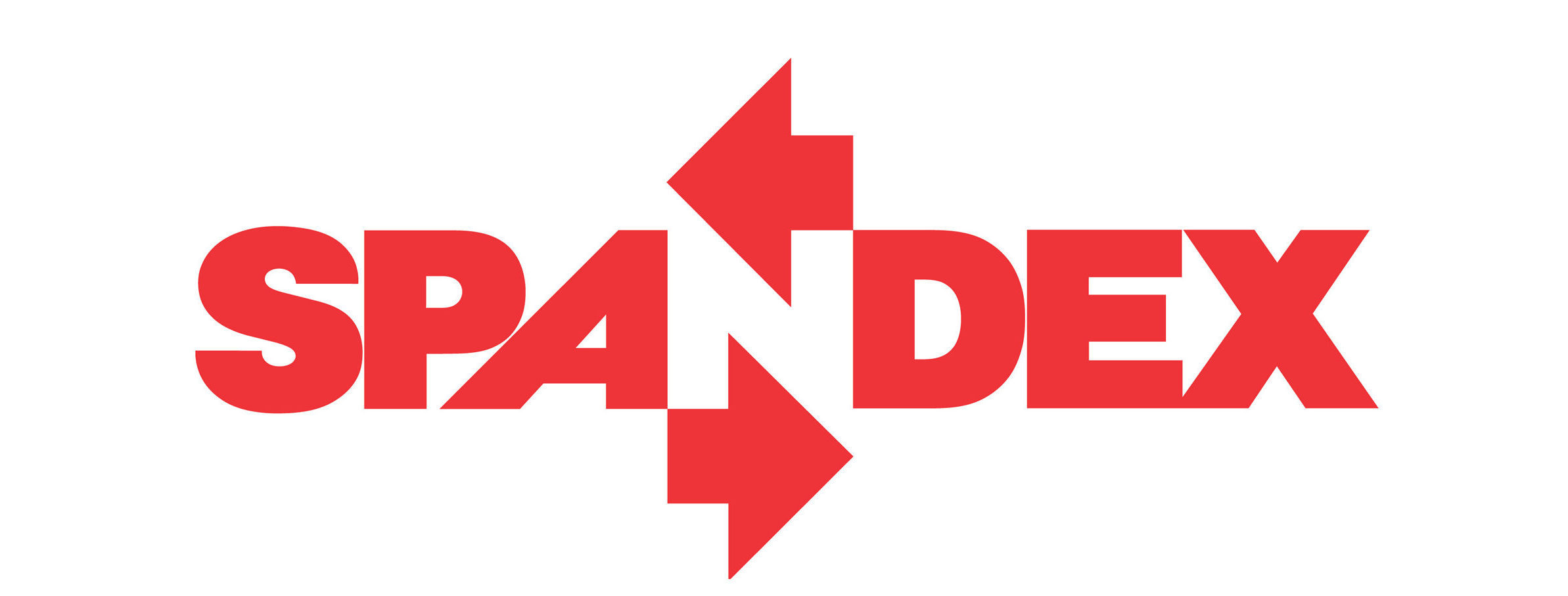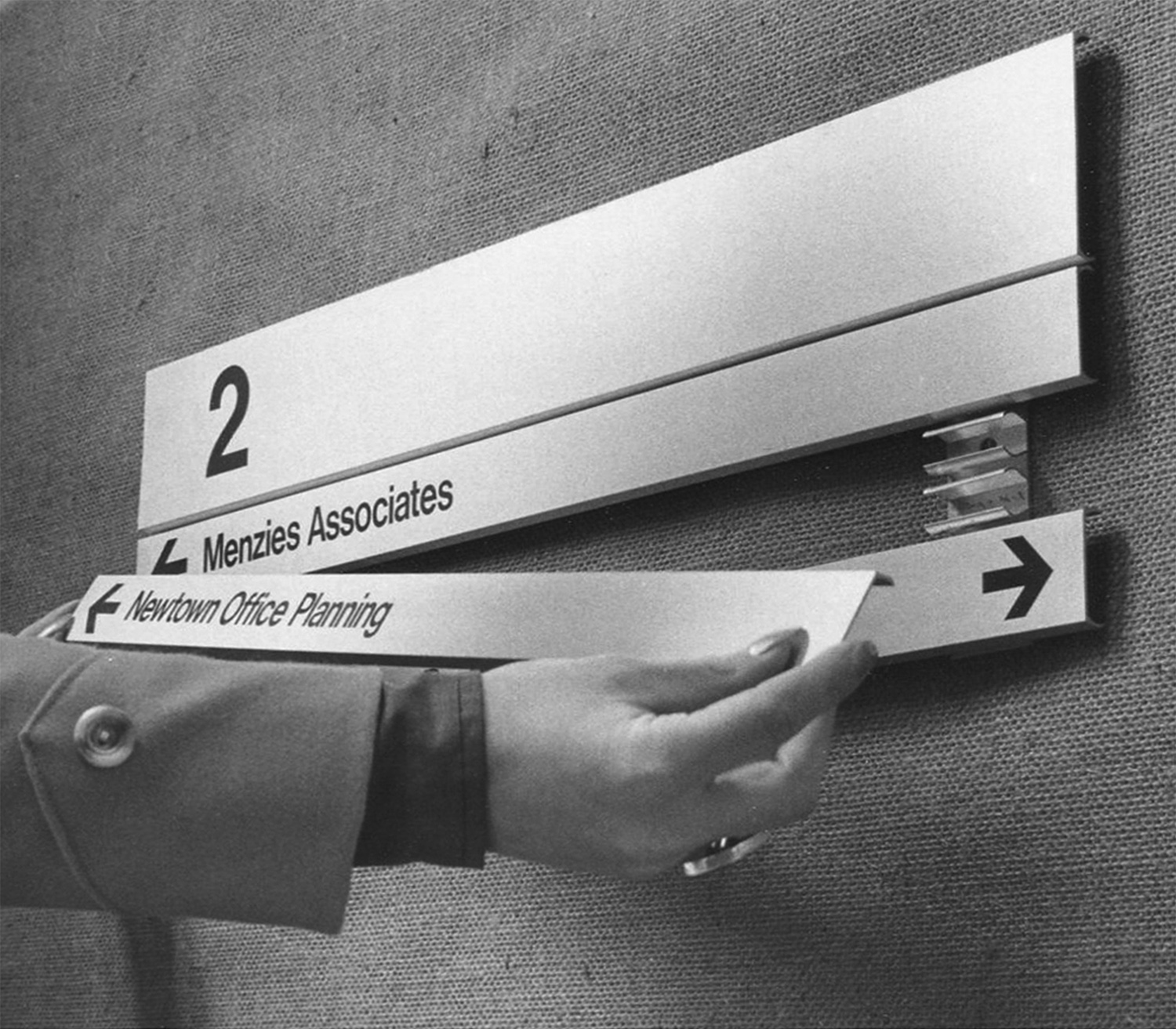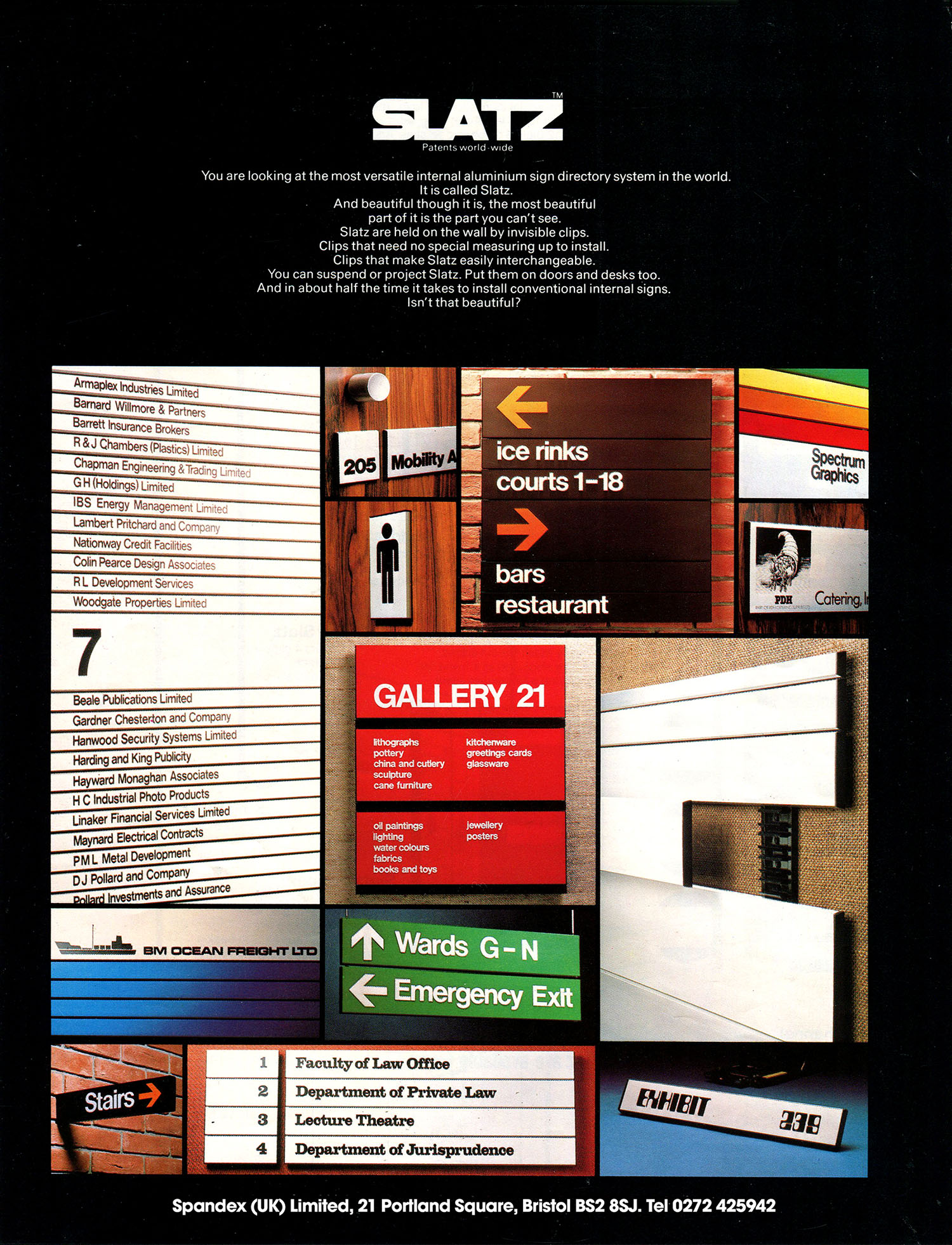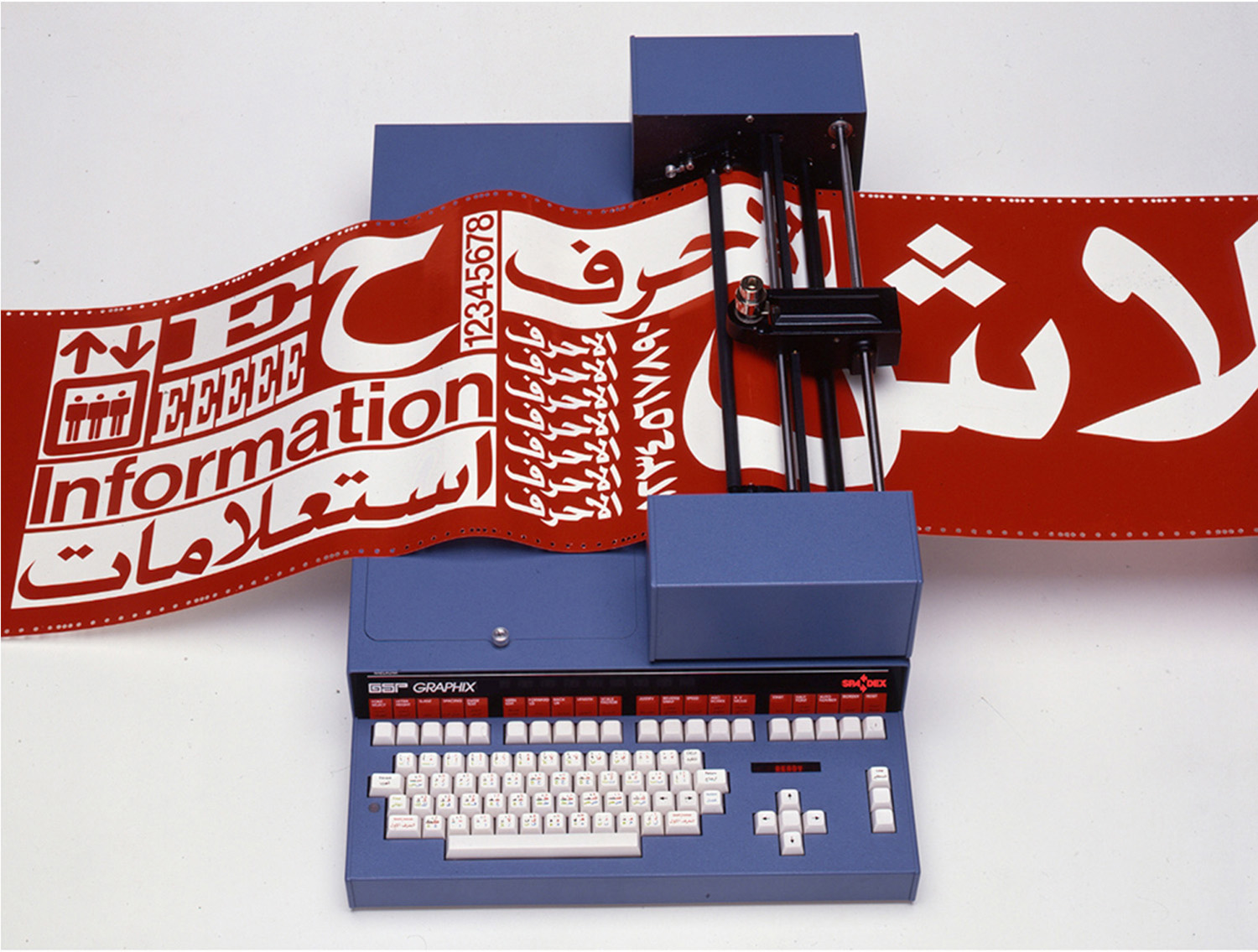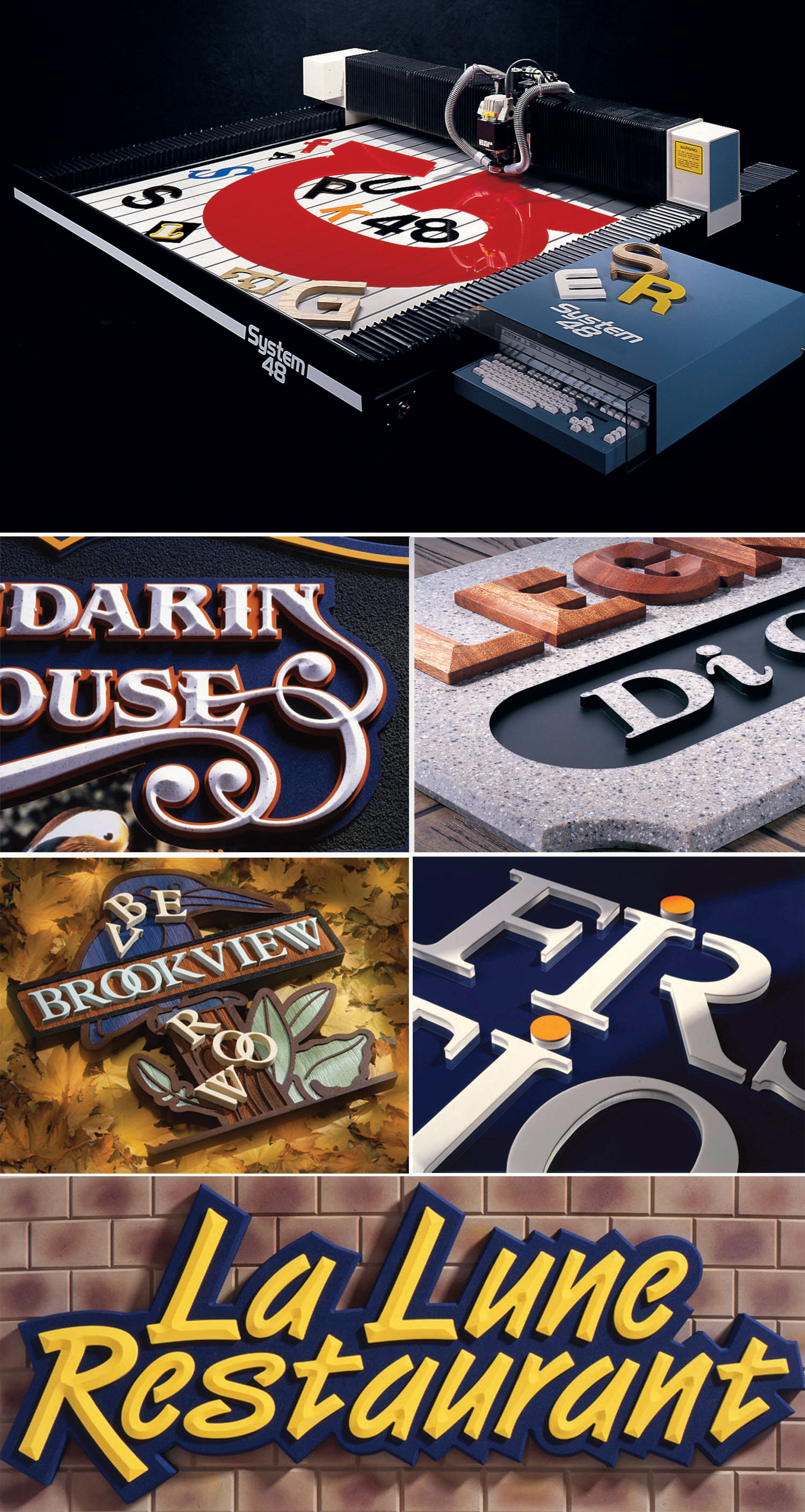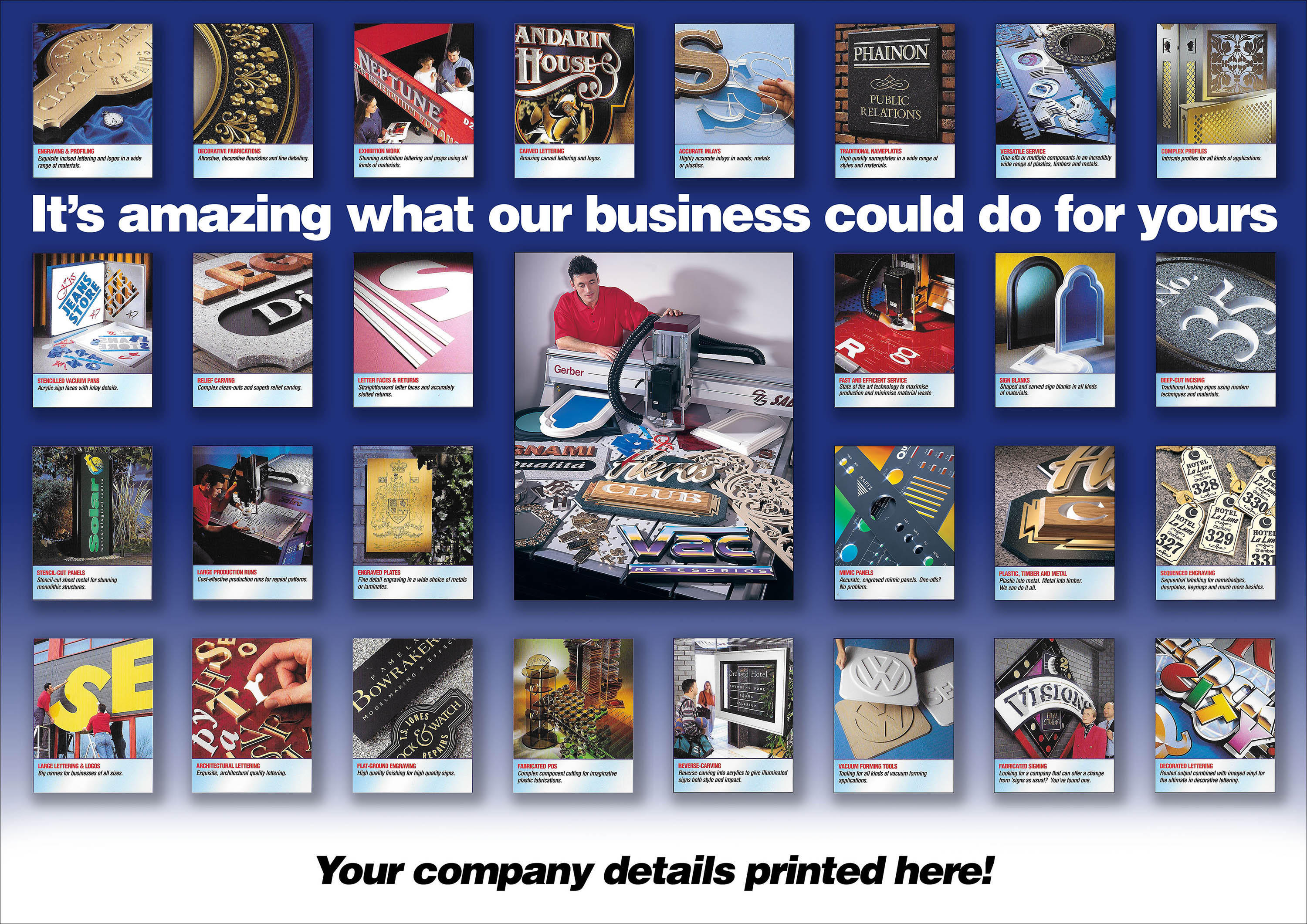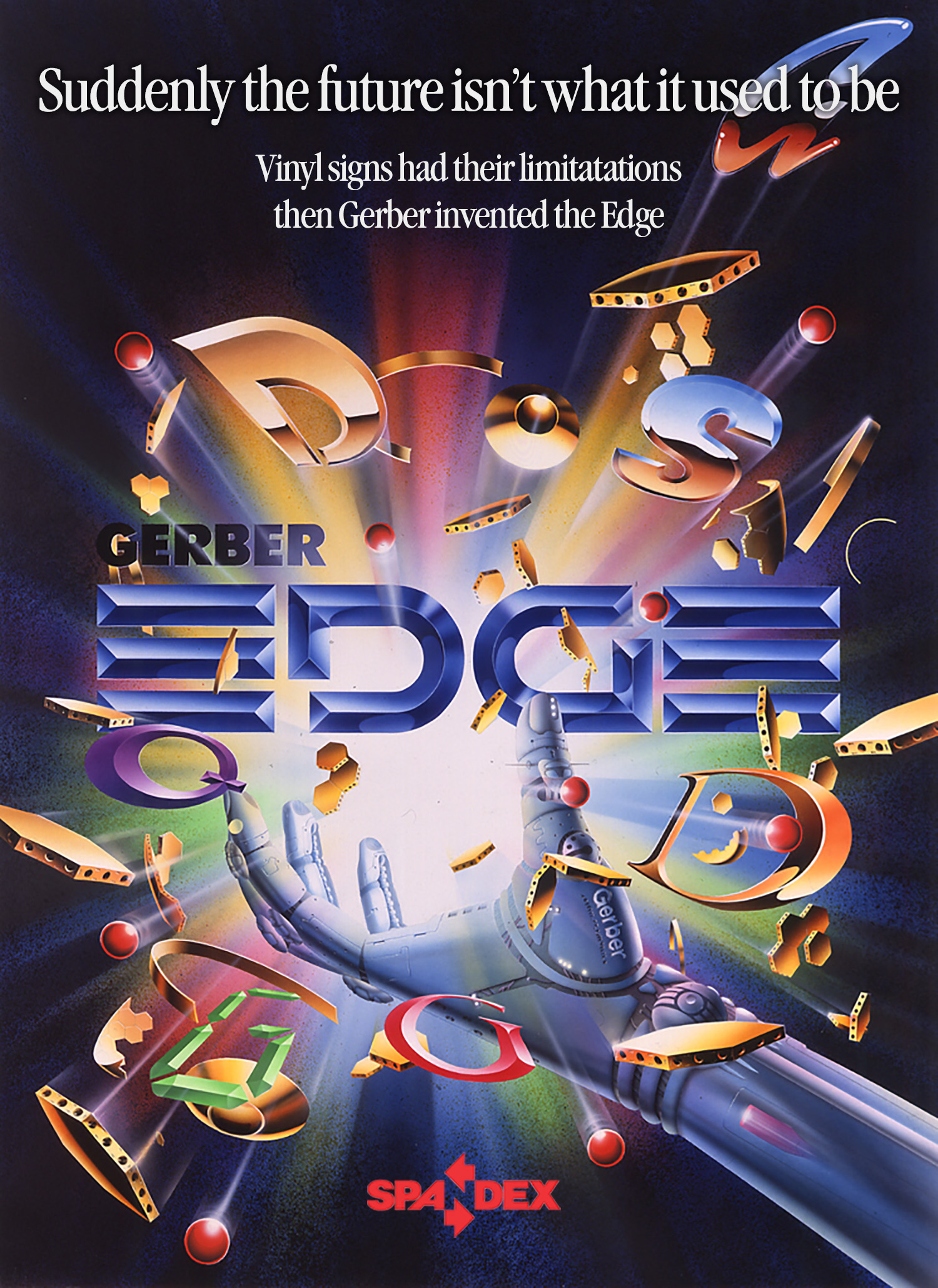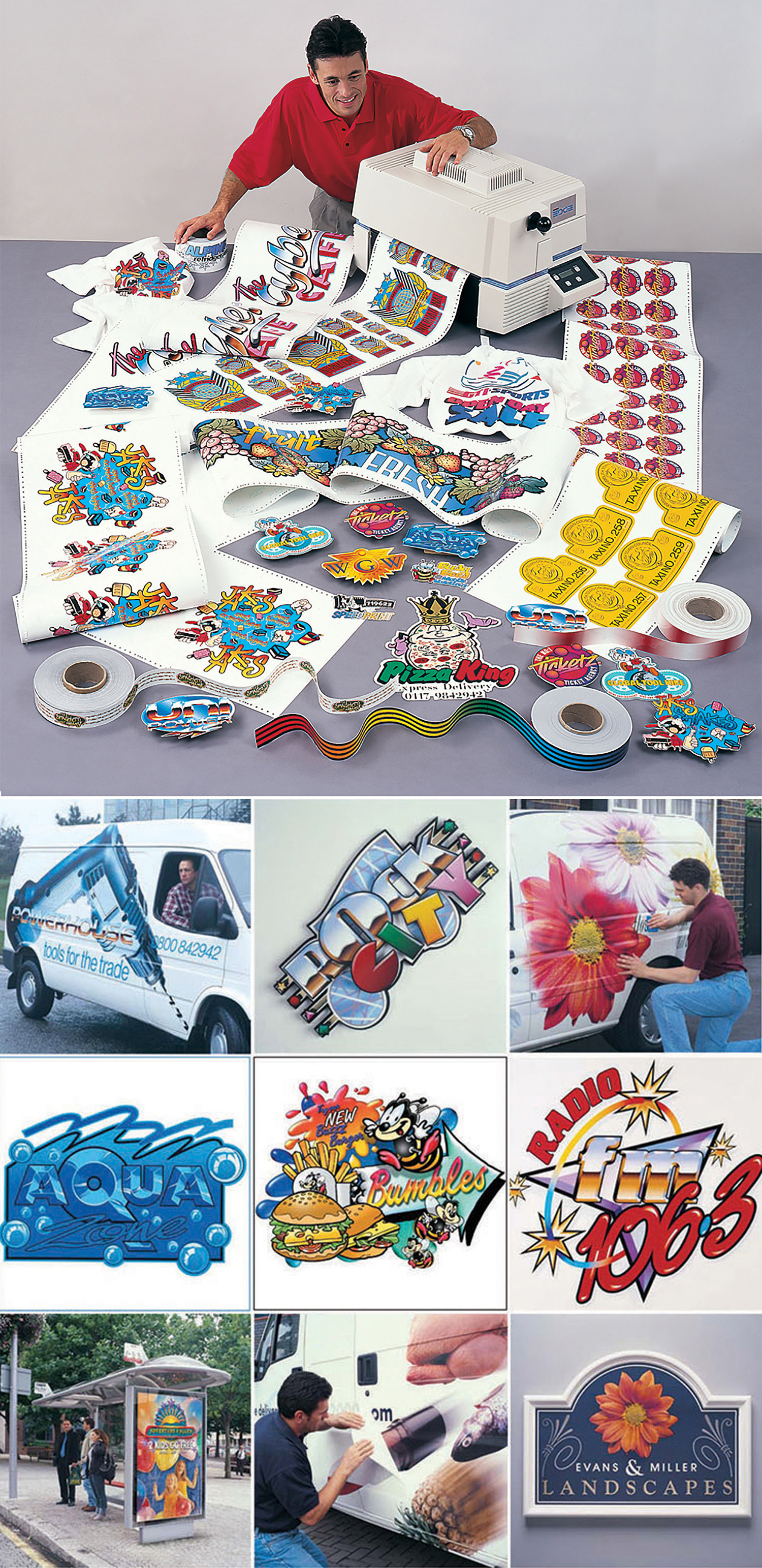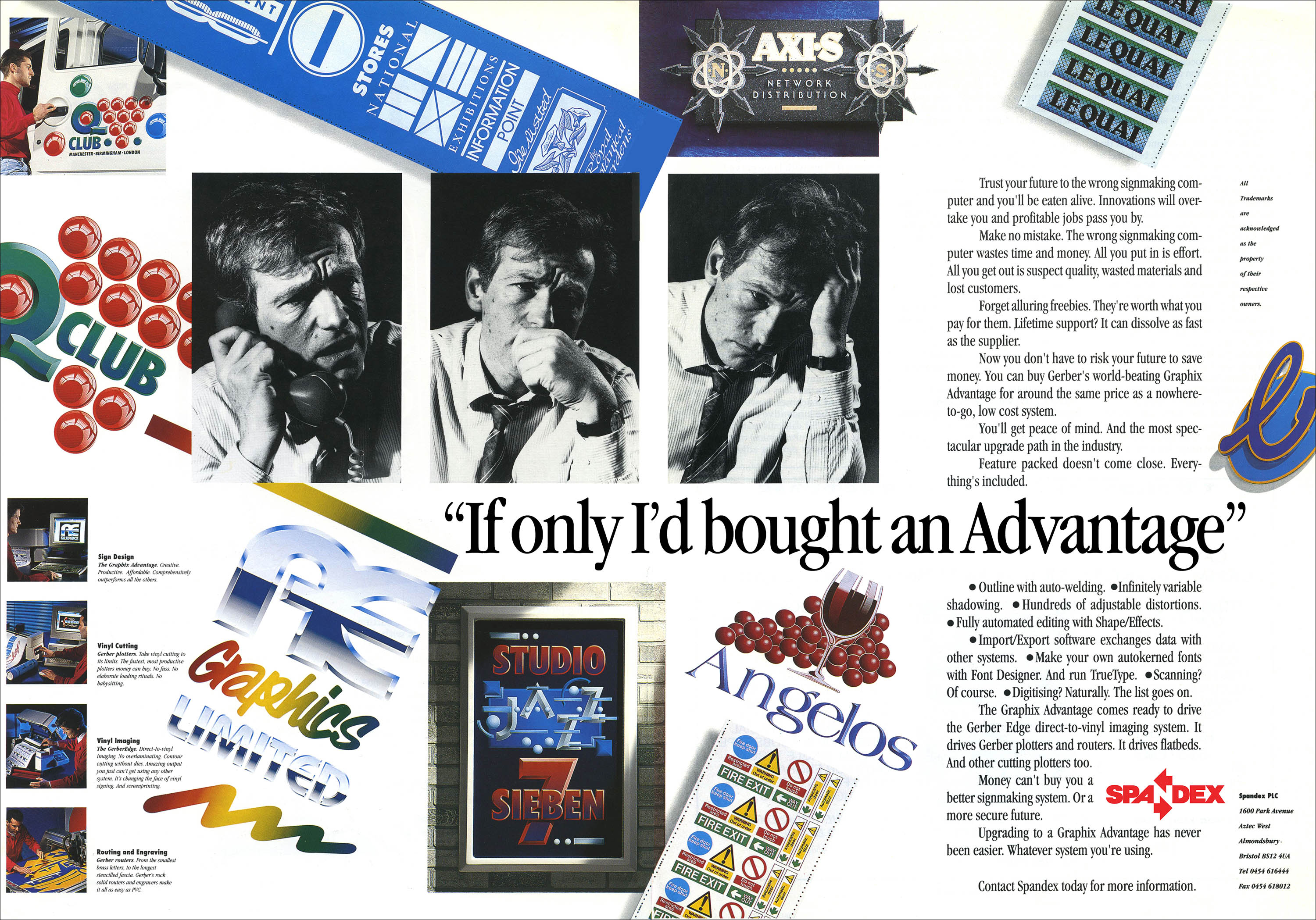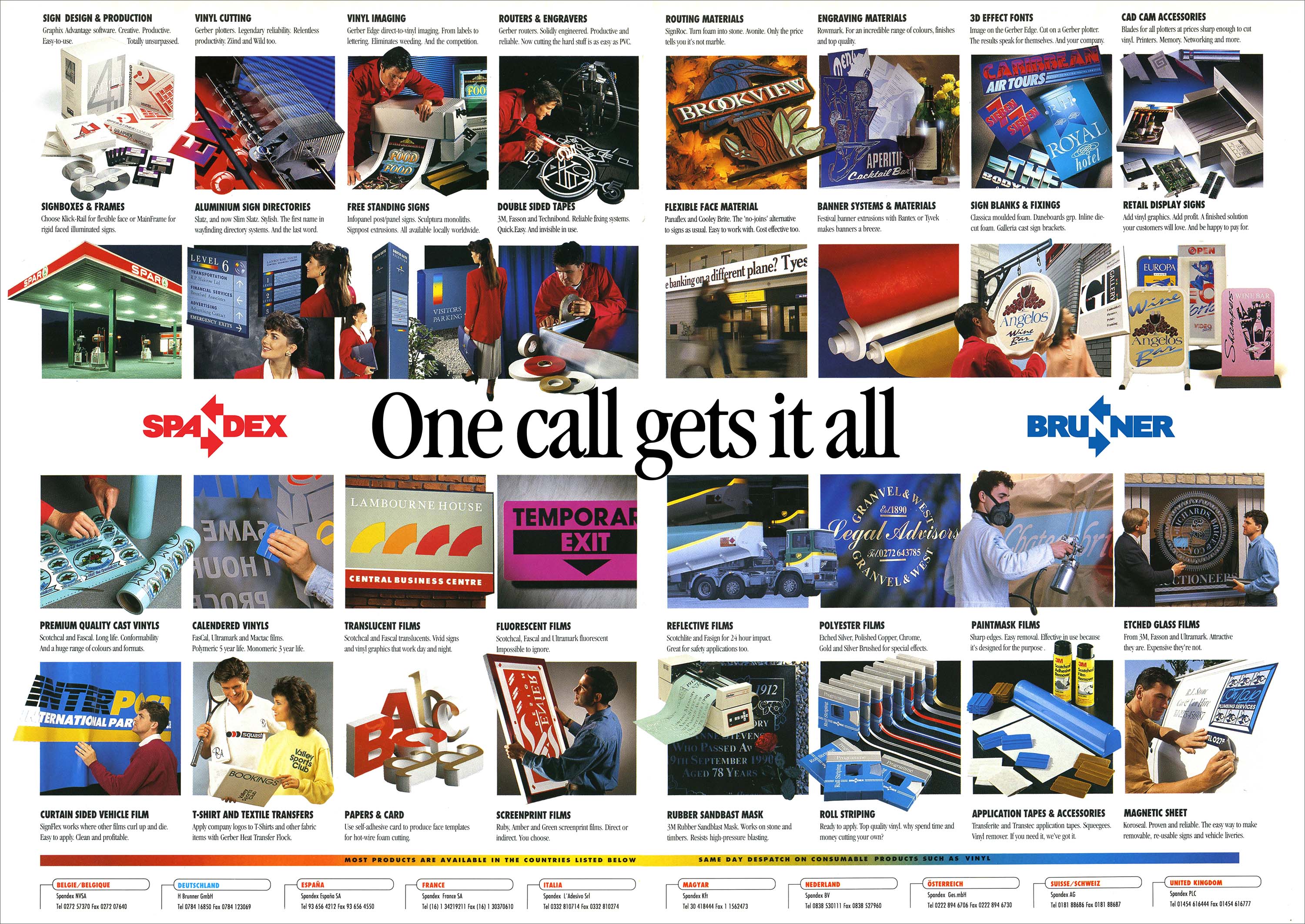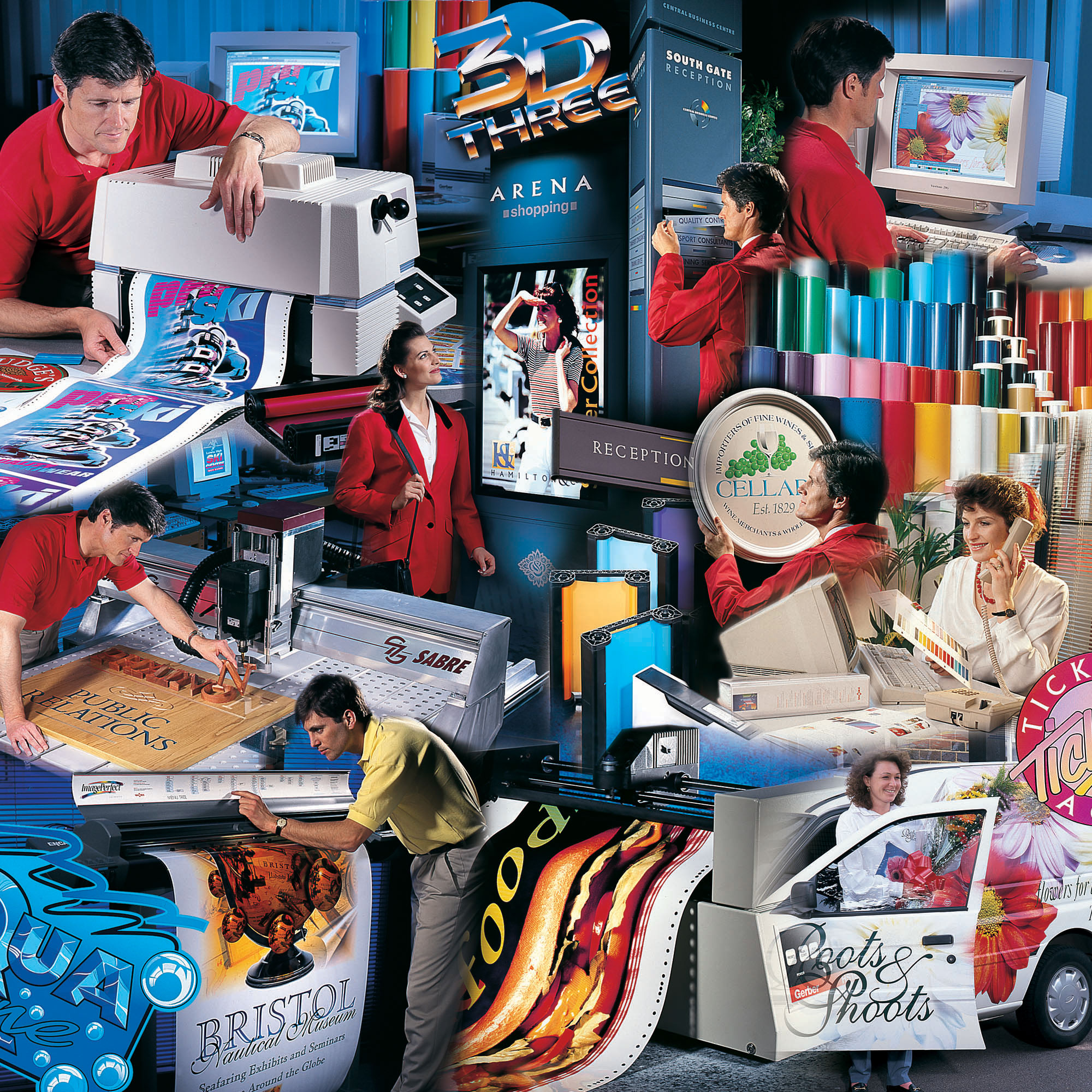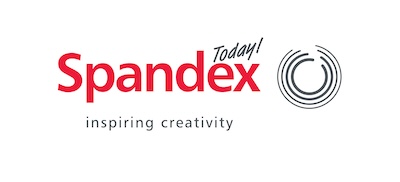The Story of Spandex by founder Charlie Dobson
In 2016, the 40th anniversary year of the founding of Spandex, Charlie Dobson addresses a celebration gathering of Spandex personnel and reminisces on the opportunities and challenges he, and co-founder and wife Mary, faced when establishing and growing the company.
“My wife Mary and I lit the Spandex torch on 29 June 1976. Just the two of us – in a rented office in Portland Square, Bristol, with an underground basement for product storage and heads bursting with product ideas. Our first year sales were a modest £72,000.
However, the genesis of the idea for Spandex actually goes back even earlier – a whole 17 years earlier, to the summer of 1959 when Mary and I first met at the Royal West of England College of Art in Clifton, Bristol. I was 15, Mary was 16. This was the start of the ‘60s hippy movement – flower power and many other unmentionable things going on.
We were on a graphics design course at Art College, learning how to create product brochures, advertisements and so on. Gradually, over the next 17 years we morphed from brochure designers to designing products themselves, and in particular, products for the sign industry.
1976: Spandex founders Mary and Charlie Dobson
Our first product designs were ‘quick assembly’ extruded aluminium components. These specialist extrusions had a satin anodised surface finish. We had to create a name for our company. The ‘Specialist Anodised Extrusion Company Limited’ was a bit of a mouthful, so we shortened it to Spandex, and the company was born.
Today, if I had to choose one phrase to sum up my view of what Spandex was – and still is – it would be Avant Garde – ‘ahead of its time’ or ‘ahead of the curve.’
The original Spandex logo captured the arrow elements of directional signage
Our very first product, the one that really kick-started the company – Slatz – was the world’s first rapid assembly sign directory board system.
1976: The first press release photo of the Slatz system
Before Slatz, directory board plates were guillotined from 3 metre x 2 metre sheets of aluminium. Sharp edges had to be filed and countersunk and holes drilled in each corner of each plate. Matching holes had to be drilled into the backgrounds on which each plate was to be fitted. The launch of Slatz changed all that. Slatz extruded aluminium faceplates simply snapped onto ‘secret’ clips – without a screw in sight. Once Slatz was on the market, signmakers moved quickly away from these traditional methods and sales of Slatz grew exponentially.
1976: The first Slatz flyer designed by Mary Dobson
Spandex was also the first to introduce the world’s very first extruded aluminium exterior signposts, banner poles, ‘off the shelf’ cast aluminium sign brackets and the like. Again, all of these products were designed to make sign manufacturing easier and quicker and all are now also commonplace right across the industry.
1983:Sales £2,486,000. By the early ‘80s the company had grown considerably with over 1,000 UK signmakers buying Spandex signage products and a growing number of overseas distributors coming on board.
1976-86: Signage components designed by Charlie and Mary Dobson in the ‘70s and ‘80s are still being used by signmakers today
In early 1983 we had call from President of our Slatz distributor in the United States, Charles ‘Chuck’ Kelly. Chuck advised us that a company called Gerber Scientific Products Inc had designed a revolutionary computer-controlled vinyl text cutter and it was looking for a UK distributor.
Mary and I, armed with Spandex product literature, jumped on a plane and off we went to visit Gerber, where we saw the world’s very first desktop vinyl cutting computer. We couldn’t believe our eyes. We were witnessing the embryonic beginnings of a signmaking revolution. We explained who we were and that our 1,000 customers were absolutely the right targets for the vinyl cutter.
With a $4,000 distributor price tag, Gerber asked us how many we thought we’d sell per year in the UK. I shot from the hip and said 100. Someone once said to me ‘that was a nice slug to give ’em Charlie.’ Gerber’s president turned over a piece of paper on his desk with a list of European countries on it along with estimated unit annual sales for each country. The UK number was 100!
1983: Spandex introduce the world’s first desktop vinyl cutting computer Gerber Graphix 3
Gerber wanted to appoint two UK distributors. We refused to accept this and persuaded them to give us a trial distribution period of 12 months and if we didn’t sell the 100 in our first year they could boot us out, but if we reached the 100 target we would then require an exclusive long-term contract. They agreed.
We came back to the UK and put together the greatest team of people we could ever have wished for to help us seize the opportunity we had been given.
Up until this point Mary and I had designed our own product literature and advertisements – Mary primarily working on the graphics and myself on the copywriting. Not believing outsiders could do it any better, but no longer having the time to do it ourselves, we decided to create our own in-house marketing, advertising and design department to give us complete control over all aspects of the marketing of not only the company’s products, but the company itself.
The fantastic, young ‘creatives’ we put together in the especially created Marketing/Advertising/Design studio, which became known as the ‘colouring-in department’, developed marketing and advertising campaigns which left our competitors both in awe and without a response. Stunning trade journal advertisements endlessly rolled out of the studio, as did exhibition stands which surrounded the products we were selling with the sense of ‘occasion and theatre’ they deserved.
We launched the Graphix 3 in July 1983 and within 12 months we had sold 200 units – double the target! Signmakers discarded their signwriting brushes and paint. The vinyl signmaking revolution had begun!
To paraphrase the Gillette razor/razorblade story, what we had with the new vinyl cutting computer was very much a razor/razorblade business. The computer being the razor, the razor blade being the vinyl that the computer consumed.
However, the colour range of vinyl being offered at the time by vinyl manufacturers was very limited. Black, white, red, yellow, green, blue, beige and brown – orange if you were lucky! You could also have any quantity you wanted as long as it was 1.22 metres wide and 45 metres long.
In 1985, Mary, drawing on her graphic design experience to counteract this limited colour range, set about creating a ‘Designer’ range of colours. She gave her new colours ‘exotic’ names, so instead of blue 517 for example, it was Cosmos 517, etc.
A further development by Mary came about in 1985 with her intensive study of the construction of the Arabic alphabet, which led to Spandex developing the world’s first font for cutting Arabic vinyl text. Spandex was subsequently awarded exclusive distribution of Gerber equipment in all Arab speaking countries.
1986:Sales £6,314,000. We called the new colour range the Spandex 5700 Series. The product was so successful that, to protect our interests and to take the added benefit of manufacturer’s profit, we bought the Lancaster-based vinyl company that made it. This plant still manufactures quality vinyls for Spandex.
1985: Spandex introduce the world’s first ‘Designer’ range of vinyls
Over the years, Mary’s colours have been computer-colour matched by numerous vinyl manufacturers. They are now commonplace, but it was Spandex who kick started this extensive vinyl colour range revolution. Once again, Avant Garde – ahead of its time.
A major milestone for Spandex came in 1986 when the company went ‘public’ and 15% of its shares were placed on the London Stock Exchange. The placing was heavily oversubscribed with demand for shares far exceeding availability.
1986: Spandex founders Charlie and Mary Dobson financial press release photo for the Stock Exchange listing
BBC TV Points West coverage of the Stock Exchange listing
An early Spandex ad offering next day delivery of vinyl
Until 1986 letters and logos produced from rigid materials such as metals, plastics and timbers were cut using hand held fret-cutting saws, bench mounted band saws or hand operated pantograph engravers. Cut edges had then to be laboriously cleaned up with files or belt sanders. That all changed dramatically in ’86 with introduction of Gerber’s System 48. This ‘world first’ computer controlled signmaking router dramatically cut production times, deskilled complex processes and completely liberated sign manufacturers from the creative restraints of the primitive tools they’d been forced to use.
The System 48 did for rigid materials cutting what the Graphics 3 did for vinyl cutting. Saws and files were abandoned. There was no need for drawings or templates. The router revolution had begun. With minimal manual intervention, complex and highly hand skilled production processes were superseded by touch button simplicity with astonishingly accurate results. Computerised signmaking had truly come of age!
1986: Spandex introduce the world’s first computer controlled signmaking router
Due to our success in the UK, Gerber offered us distribution in Europe. Once again we were blessed with finding the most fantastic group of people we could wish for to exploit the new opportunity we were given.
We moved into Holland first in 1986. In 1988 we acquired Germany’s most powerful vinyl distributor, H. Brunner GMBH. 1988 also saw us move into Spain and Belgium. Other countries quickly followed.
1991: Spandex Group senior management team
1988:Sales £28,857,000. I’ve mentioned ‘firsts’ a few times. But it’s a fact. Spandex was always ahead of the curve. Another example was H. Brunner GMBH being the first graphics supplies company to install a shuttle picking service for its vinyl products. Instead of vinyl pickers going to the shelves to pick the customer’s vinyl order, the vinyl came to the picker via a ‘shuttle.’ Once more – ahead of its time.
By the early ‘90s other vinyl distributors started really snapping at our heels, offering Spandex hardware customers competing vinyls. To counter this pirating of our customers we introduced the Spandex Bonus programme whereby customers who ordered their vinyl from Spandex would accrue loyalty points to offset their hardware service costs along with numerous other bonus point incentives on purchases such as fonts, vehicle outlines, new employee training courses and the like. Our vinyl competitors just didn’t have an answer to the Spandex Bonus initiative.
1993: Spandex introduce The Spandex Bonus loyalty programme
A Spandex professionally designed A3 mailer ready for customers to overprint with their company details to promote their business. Just one of many items made available exclusively to Spandex customers free-of-charge via the Spandex Bonus loyalty programme.
Printing on vinyl is now an everyday ‘taken for granted process’ but it was Spandex in 1993 who introduced the world’s first durable desktop vinyl printer to the European market – the Gerber Edge.
1993: A teaser ad for the Gerber Edge, the printer that kick-started the direct-to-vinyl print revolution
1993: Spandex introduce the world’s first durable desktop vinyl printer – the Gerber Edge
1994: A hard-hitting ad for the Graphix Advantage PC/software system powering the Gerber Edge direct-to-vinyl printer
1994:Sales £68,659,000. We capitalised on the emerging market of large format vinyl printing in the mid ‘90s by introducing a range of white digital print materials. The de facto word processing software package at the time was ‘WordPerfect’. Mary and I chose the name ImagePerfect as we felt it could become the de facto brand for image printing. This appears to have materialised as I understand the ImagePerfect brand is now a core multi-million pound sales brand in the Spandex product portfolio – some 20 years on.
1996: Sales £98,455,000. Online ordering for general retail products is also now commonplace. In 1997, the year before Spandex was sold to our supplier Gerber Scientific Products, and the internet was in its infancy, we were already working on a customer on-line ordering system – the software being developed would manage individual customer discounts for multi-roll orders, small meterage etc., and allow them to order 24/7 on-line. This was almost 20 years ago. Yet again we were ahead of the curve.
1996: European Sign Magazine covers the 20th anniversary of Spandex.
It would be unfair to single out any individuals who contributed to the success of Spandex, but in closing I would like to single out a department – the Spandex Marketing/Advertising/Design studio. The studio put the company way beyond the reach of any competitive response on these three fronts.
Perhaps one of the most important factors the studio contributed was the whole art of ‘application development’. This design team extracted nothing less than brilliant output from the revolutionary production systems Gerber were inventing and Spandex were selling. They not only alerted the market to the equipment potential, but helped create that potential in the first place. The Spandex ‘colouring in department’, without doubt, defined and grew the modern signs and graphics market and laid the foundations of practically everything you see at a signs and graphics exhibitions today. Our daily pilgrimage into the design studio transported Mary and I back to our teen-age art college years. The Spandex design studio was very close to our hearts and the studio creative team were, without exception, Avant Garde.
A 1993 Spandex ad designed by the Spandex in-house design studio team
A early 2000 Spandex exhibition stand designed by the Spandex in-house design studio team
1997:Sales £101,350,000. For the first time in its history, in 1997 Spandex annual sales exceeded £100,000,000.
At the beginning of this speech I said that Mary and I lit the Spandex torch. I would like to give each and every one of you our heartfelt thanks for keeping it shining for us as bright as ever after 40 years and growing the company into one of the largest of its kind in the world.
"May the torch stay with you!”
(In 1998 with sales in excess of £110m and pre-tax profits exceeding £10m Spandex was sold to Gerber Scientific Inc. for $185m/£110m and Mary and Charlie Dobson stepped down from the business.)
Site by Voodoo DesignWorks Ltd
